Some lessons learnt after the exhausting task of making a clapped out Victorian house energy efficient
Before discussing what I hope are some sensible lessons from my house refurbishment project, completed (of sorts) this Spring, let me first run through the depressingly familiar elements of the scheme. For those viewers of TV’s Grand Designs direct your eyes below the following bullet points summarising some key project facts:
- The project was six months late
- The project went overbudget
- A child was conceived and born while walls were being torn down and plaster applied. Er, to add further to the mother (excuse the pun) of all house building clichés, make that twins
- There were some, how shall I put it? Creative tensions between members of the project team.
Right, let’s move on.
So what did we do? Take a totally knackered six-bed late Victorian terraced house in south London and pretty much start from scratch. Internal walls were pulled down, new joists installed, a utility room at the back of the house was entirely rebuilt. Rewiring, new drains, roof and a new layout for the ground floor, with an obligatory open plan kitchen dining area created.
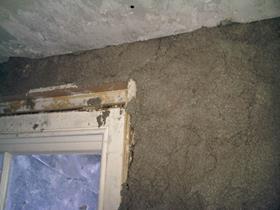
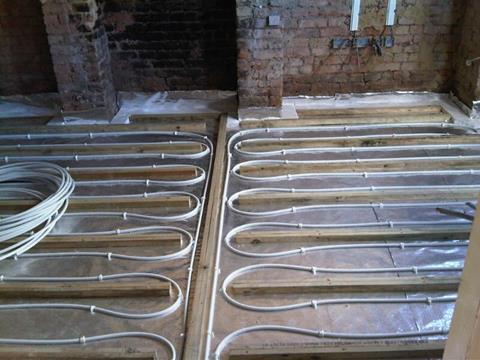
Energy-wise this allowed us to focus on one of the few universally agreed tenets of refurbishment, namely that you start with the fabric itself. So we improved the performance of external, solid brick walls with an insulation product that would also improve air-tightness. Installing enough to insulate and also deal with the somewhat less than straight brickwork meant chucking a whole heap of it at the building. By that I mean around 80 bags of lime plaster, a natural, breathable material that the design team felt was most appropriate for a building of that age and condition.
This added about 10cm thickness to the walls, which given the dimensions of the property doesn’t eat into the internal space significantly. In addition to the main plasterwork further membrane and taping was required elsewhere, such as suspended floors and window reveals.
That amounts to the main fabric work. As the main architect that worked on the job, Rob Annable from , acknowledges these types of jobs involve compromises. We’d already invested in draught proofing of the single glazed windows so they were left in place. And rather than opt for an all singing and dancing renewal energy source we plumped for some PV-panels (installed in late 2011, a whisker before the feed-in tariff rate u-turn) and a nifty system boiler with a cylinder, which powers underfloor heating on the ground floor and radiators on floors one and two. Early data on energy usage indicates modest electrical usage while there’s more to be done to reduce gas usage.
And some lessons?
- This work is hard. Bloody hard. It’s still tough to justify budget-wise, and without the right advice and people involved prone to confusion on the best strategy to pursue. It’s reassuring to see that experts, such as Mark Brinkley over at his , are still scratching their heads on some technical conundrums such as vapour layers and condensation. No wonder drawing up policy in this area is such a headache, barring the point that the latest wheeze from the coalition, the Green Deal, appears to offer nothing more than a flimsy stick plaster to heal multiple stab wounds in terms of trying to truly scale solutions in this area
- Getting the trades. We split the job between non-eco and eco work. This presents both logistical and cultural challenges – getting the parties to co-ordinate and speak the same language is hard. Ideally you’d want one outfit to do it all, but it appears the industry is nowhere near to offering it, particularly in the domestic area
- Be prepared to stop. Being impatient is not a good personality trait to have when trying to refurbishing a clapped out old house. Pausing can often be the wisest thing to do, particularly early on in a job.
I hope I’m not painting too bleak a picture here. Having just about come out of the other side of the experience I feel like an athlete that’s completed a marathon. Bruised and weary yet at the same time exhilarated that we actually did the thing.
Phil Clark is ∫√…´œ»…˙TV‚Äôs digital and audience director





















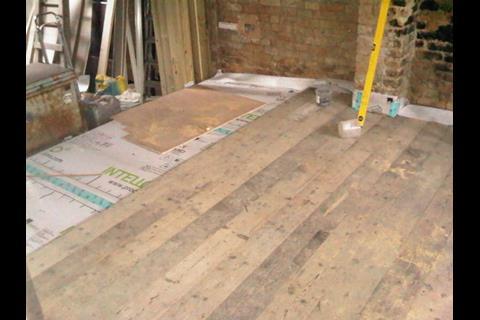
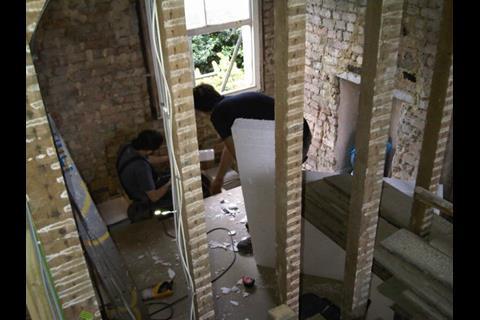
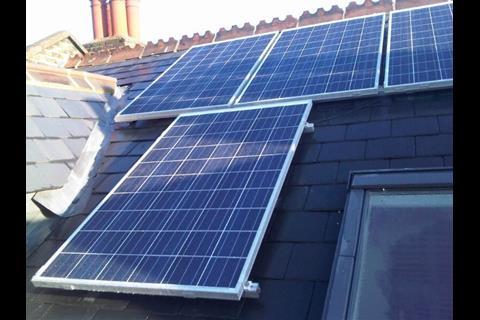






No comments yet